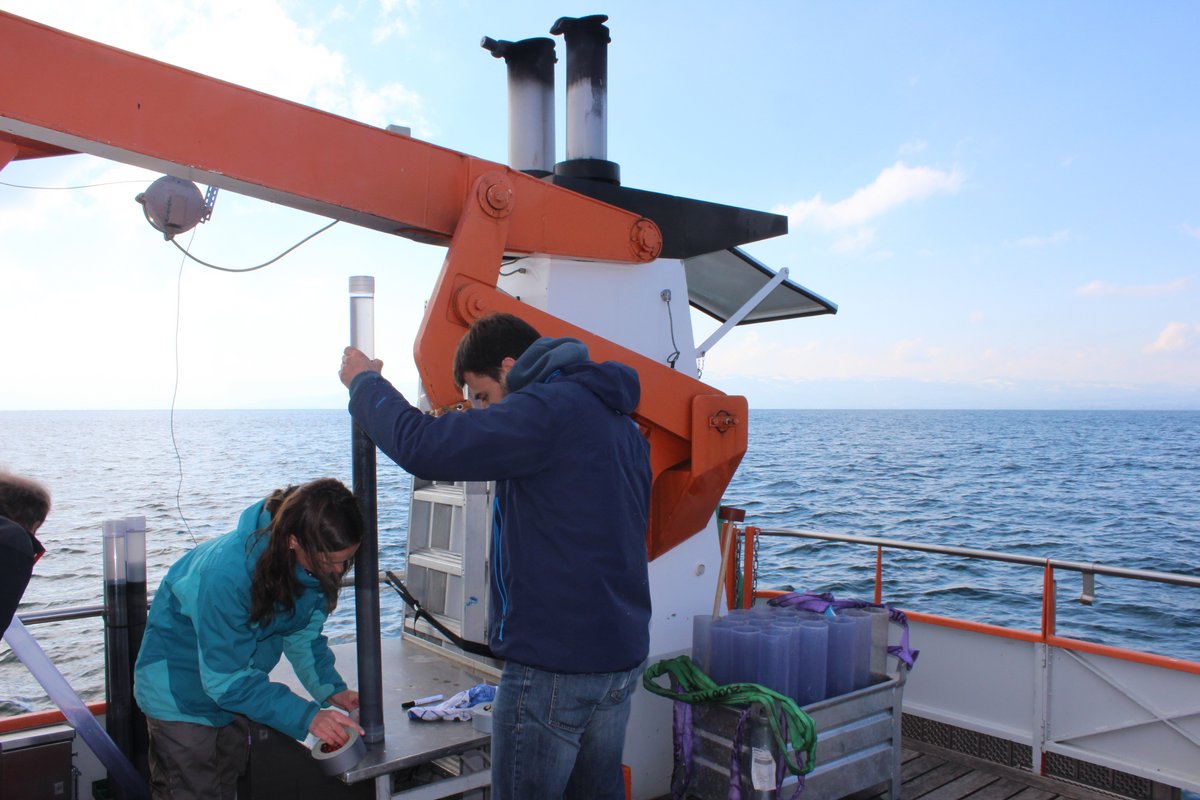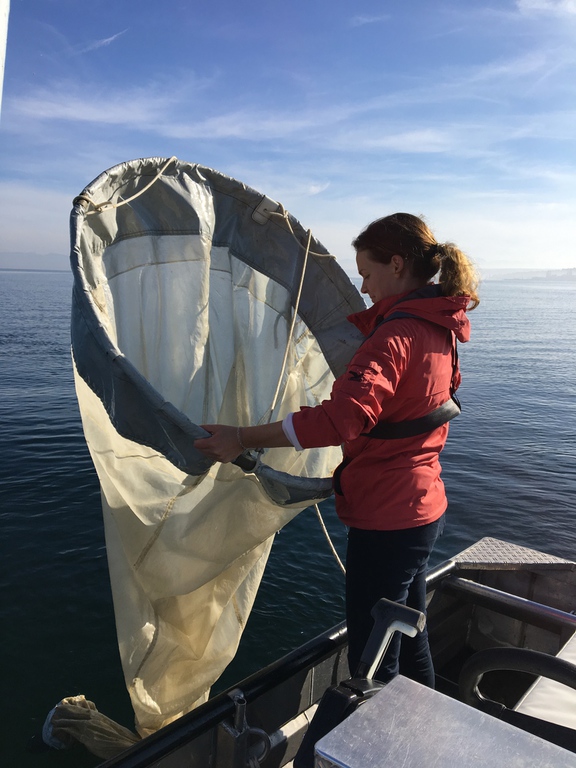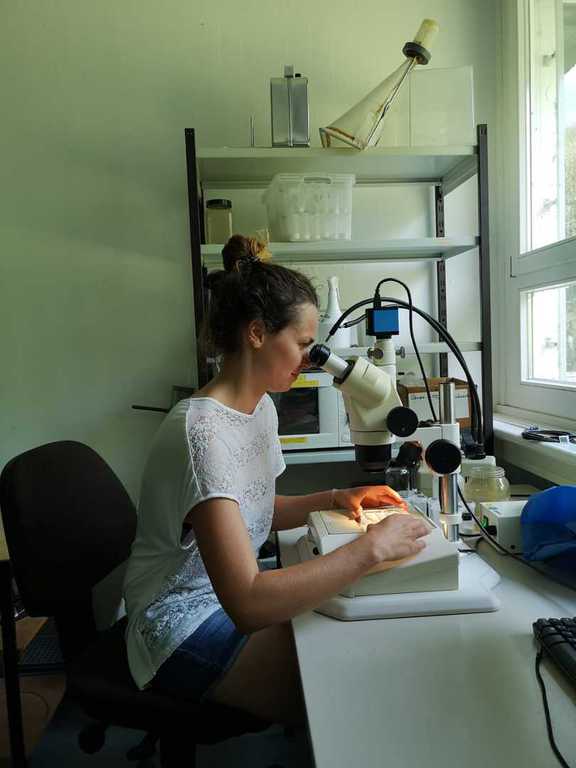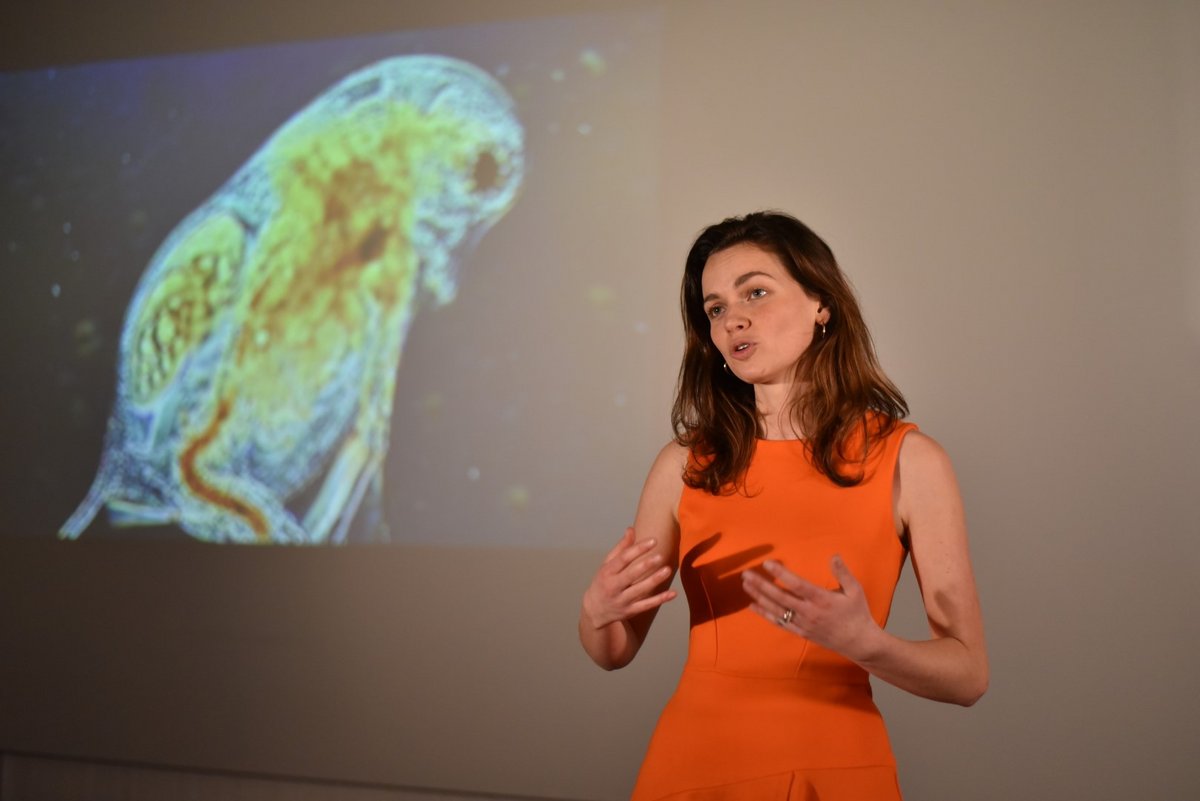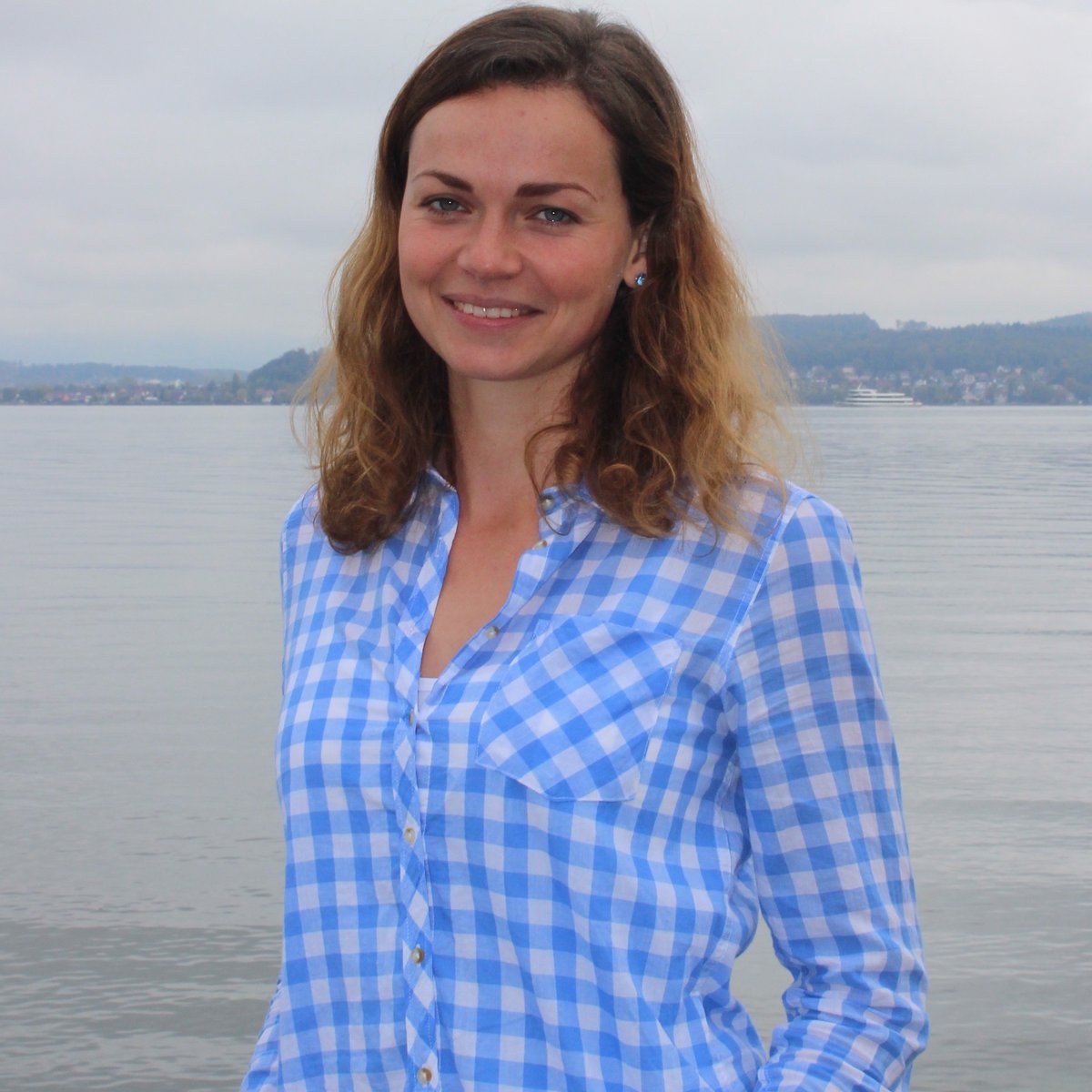
Dr. Jana Isanta Navarro
Curriculum vitae
| Since 04/2020 | Post Doc, Research Training Group R3 – Resilience of Lake Ecosystems, Limnological Institute, University of Konstanz |
2017- 2020 | Dissertation: "Life history responses to changes in food quality within Daphnia populations", Chemical Ecology and Ecophysiology, Limnological Institute, University of Konstanz |
| 2016 | Master thesis: "Influence of mixing depth on Cyanobacteria growth in a eutrophic lake", Seeon Limnological Station |
| 2014- 2016 | Studies in Evolution, Ecology and Systematics (Ludwig-Maximilians University Munich, Germany) |
| 2014 | Bachelor thesis: "Anhydrobiosis in moss living nematodes Plectus acuminatus, Plectus aquatilis and Plectus opisthocirculus dependant on feeding and development status“ |
| 2011- 2014 | Studies in Environmental Sciences (Bielefeld University, Germany) |
Publications
Isanta Navarro, J., Kowarik, C., Wessels, M., Straile, D., and Martin-Creuzburg, D. (2019). Resilience to changes in lake trophic state: Nutrient allocation into Daphnia resting eggs. Ecology and Evolution 9:12813–12825 (doi: 10.1002/ece3.5759).
Isanta Navarro, J., Fromherz, M., Dietz, M., Zeis, B., Schwarzenberger, A., and Martin-Creuzburg, D. (2019). Dietary polyunsaturated fatty acid supply improves Daphnia performance at fluctuating temperatures simulating diel vertical migration. Freshwater Biology 64: 1859–1866 (doi: 10.1111/fwb.13377).
Awards and Grants
2020: Start-up funding for an excellent doctoral researcher in the RTG R3
2018/19: MEiN- Mentoring with Experts and international Networking (Mentor: Shelley Arnott, ~4000 €)
2019: DAAD RISE Germany Supervisor (~3000 € on intern salary)
2018: DAAD RISE Germany Supervisor (~3000 € on intern salary)
2016: Lehre@LMU Student research award (2000 €)
Conference Presentations
2019: ASLO Planet Water, Challenges and Success, Puerto Rico: Nutrients Matter Most: the evolution of grazer resistance to cyanobacteria
2018: ASLO Water Connects, Victoria, Canada: The influence of trophic state on nutrient allocation patterns into Daphnia resting eggs

